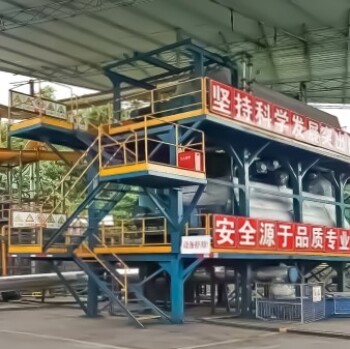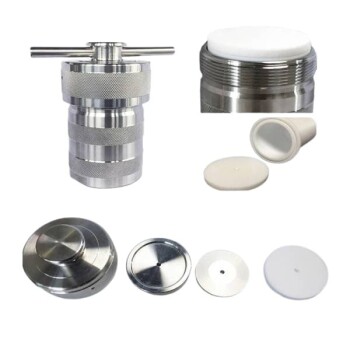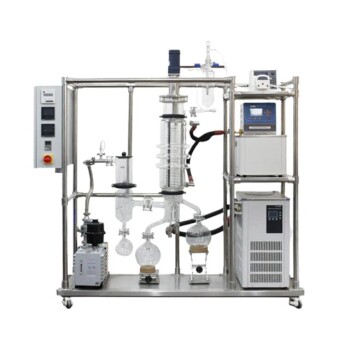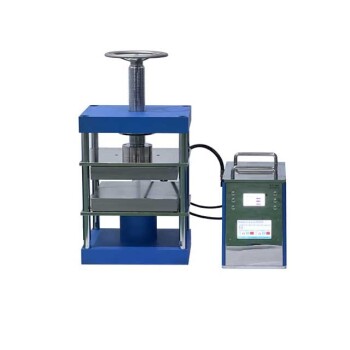Pyrolysis and co-pyrolysis are two distinct thermal processes used in biomass conversion.
The main difference between them lies in the number of feedstocks used.
In pyrolysis, only one feedstock is used.
In contrast, co-pyrolysis involves the use of two or more feedstocks.
Co-pyrolysis is conducted inside a closed reactor in an anoxygenic environment with low operating temperatures.
Pyrolysis is a thermal process that involves heating biomass in the absence of oxygen.
The heat breaks down the biomass into simpler compounds, such as gases, liquids, and solids, without combustion taking place.
This process produces biochar and syngas as the main products.
On the other hand, co-pyrolysis involves the simultaneous pyrolysis of multiple feedstocks.
This can lead to synergistic effects, resulting in enhanced product yields and improved properties of the final products.
Co-pyrolysis can be used to produce a wider range of products compared to pyrolysis alone.
In terms of biomass conversion processes, there are other related processes such as combustion, cracking, gasification, and incineration.
Combustion involves burning biomass in the presence of oxygen to release heat and create a flame.
This process produces ash and CO2 as byproducts.
Cracking and pyrolysis both involve the breakdown of large molecules into smaller ones.
However, cracking is generally used in the petroleum industry to break down hydrocarbons into smaller molecules, while pyrolysis is used in biomass conversion to break down biomass into simpler compounds.
Gasification is the process of heating biomass in the presence of limited oxygen, resulting in the production of combustible gases such as syngas.
This process is considered more efficient in terms of energy output compared to pyrolysis and is suitable for the production of electricity and heat.
Incineration is a thermal conversion process used to treat biomass and other organic waste materials.
It involves high temperatures and shorter durations compared to pyrolysis.
The main difference between pyrolysis and incineration is the temperature and duration of the process.
Overall, the choice of biomass conversion process depends on the specific application and desired end products.
Pyrolysis and co-pyrolysis offer the production of bio-oil, biochar, and syngas, which have various applications in energy production and other industries.
Gasification is more suitable for the production of combustible gases, while incineration is a faster and higher-temperature process used for waste treatment.
Continue exploring, consult our experts

Unlock the potential of co-pyrolysis with KINTEK's cutting-edge laboratory equipment.
Enhance your research and development projects by combining different feedstocks to maximize product yield and quality.
From biochar to bio-oil and syngas production, our innovative technologies will help you achieve your goals.
Take your pyrolysis experiments to the next level with KINTEK.
Contact us today for a customized solution that meets your specific needs.














